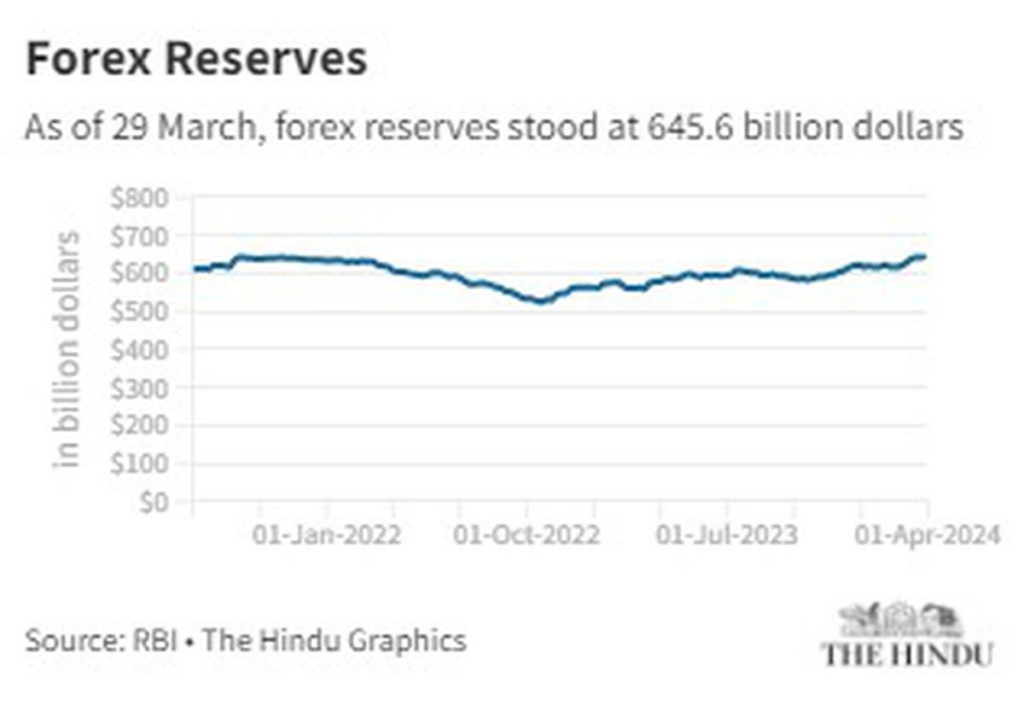US Company Apologises: In the email, the company declared, “We are very sorry this error occurred, as it does not represent who we are or how we treat people.”
Following a situation in which a job a candidate received what they described as the US Company Apologises “rudest rejection email” with the single word “Declined” as the response, an American senior living company has apologized.
The user posted a screenshot on Reddit
The job seeker posted a screenshot of the rejection email on Reddit and wrote, “In all my years, I’ve never seen a rejection letter so… I don’t even know what to call this. Uncourteous? Rude? Unprofessional??” The screenshot revealed that the email lacked any greetings or farewells. Moreover, it did not explain the rejection and simply stated: “Declined”.
Many individuals on the platform expressed sympathy towards the user and condemned the company for its poor communication abilities.
Also Read: Playground Season 3 Episode 23 Highlights With Rap King Ikka Singh!
Also Read: MI vs DC HIGHLIGHTS, IPL 2024: Mumbai Indians wins by 29 runs against Delhi Capitals
Company Apology Statement
In its apology, the company expressed regret and stated, “We recently learned of a system malfunction with our online recruitment software where it automatically sent out replies to applicants for some openings with the single word ‘decline.’
They also included the following statement, “We are very sorry this error occurred, as it does not represent who we are or how we treat people. All applicants should be treated respectfully throughout the recruitment process, which includes receiving an appropriate, polite response with the outcome. We sincerely apologize for this mistake and believe we have found the source of the problem so this does not happen again.”
User’s Reply To The Apology
Following the company’s response, the user said, “Apparently my original post made so many waves that it reached the company, and I got sent this earlier today. Some of you sent me screenshots that you received the same email, and I know some of you reached out to the company itself to talk about it, so thank you all for that lol It’s good to know that it’s technical errr.”












